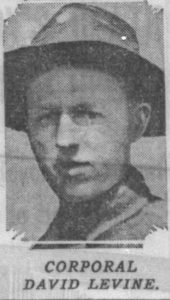Biedenkapp, William Roy
Army Private
William Roy Biedenkapp, age 21, from New Jersey, Hudson county.
Service era: Korea
Date of death: Friday, October 24, 1952
Death details: In late October 1952, elements of the U.S. 32nd Infantry Regiment attacked Chinese forces on Hill 598 (often referred to as the Triangle Hill Complex) near Kumhwa, North Korea. Triangle Hill was composed of three high peaks, two of which were nicknamed “Pike’s Peak” and “Jane Russell.” If U.S. troops could push the Chinese off Triangle Hill, the Chinese would have to fall back to the next high defensible position. The initial U.S. assault was effective; however, the Chinese quickly counterattacked, sending wave after wave of troops against the 32nd’s positions on Pike’s Peak and Jane Russell. Chinese forces eventually re-established themselves on Pike’s Peak and U.S. troops were unable to dislodge them.
Source: National Archives, Defense POW/MIA Accounting Agency
